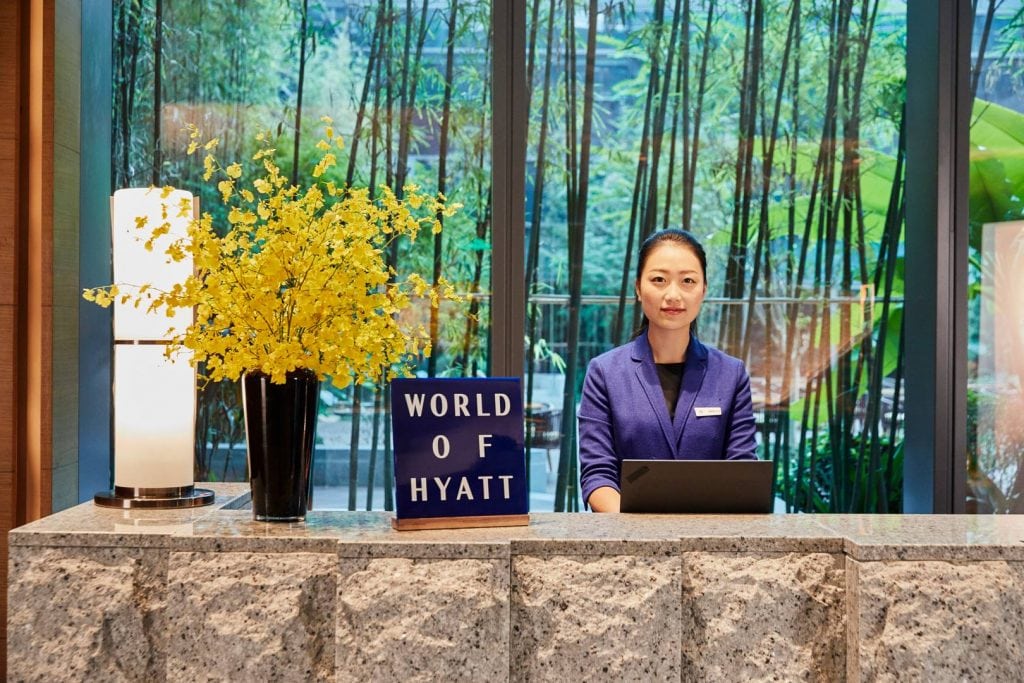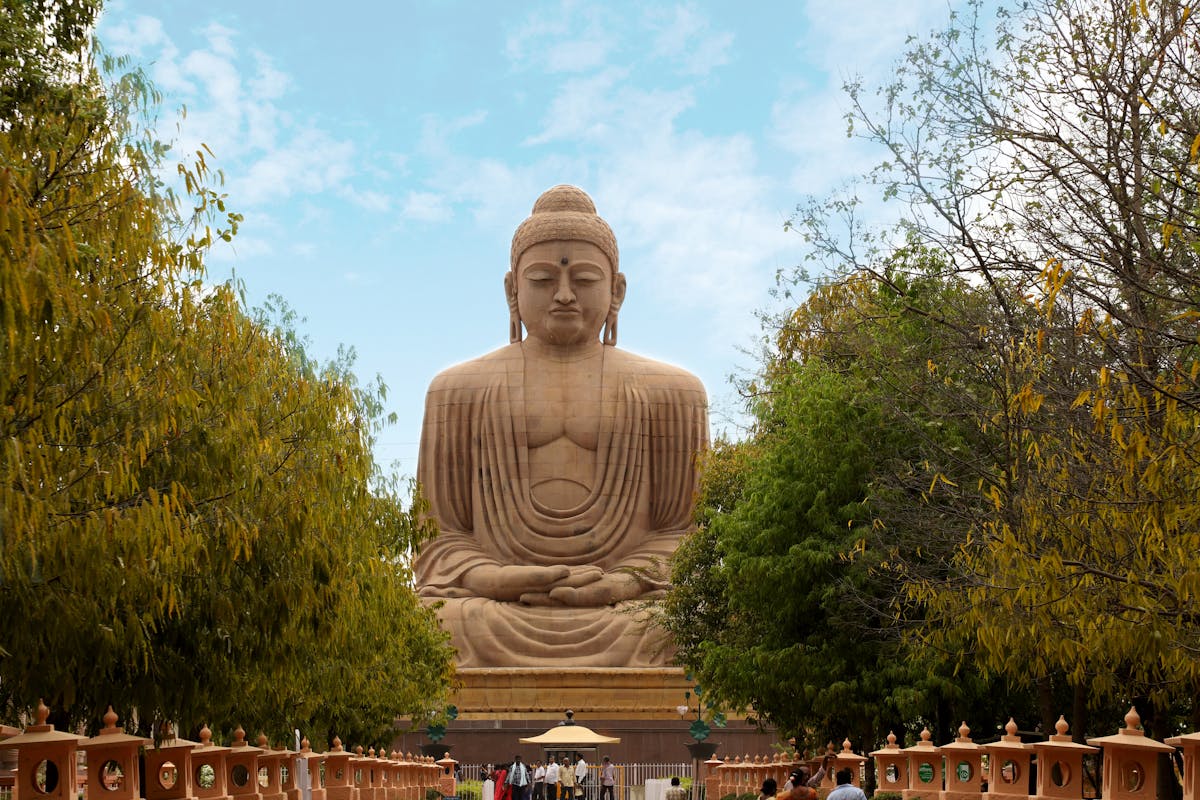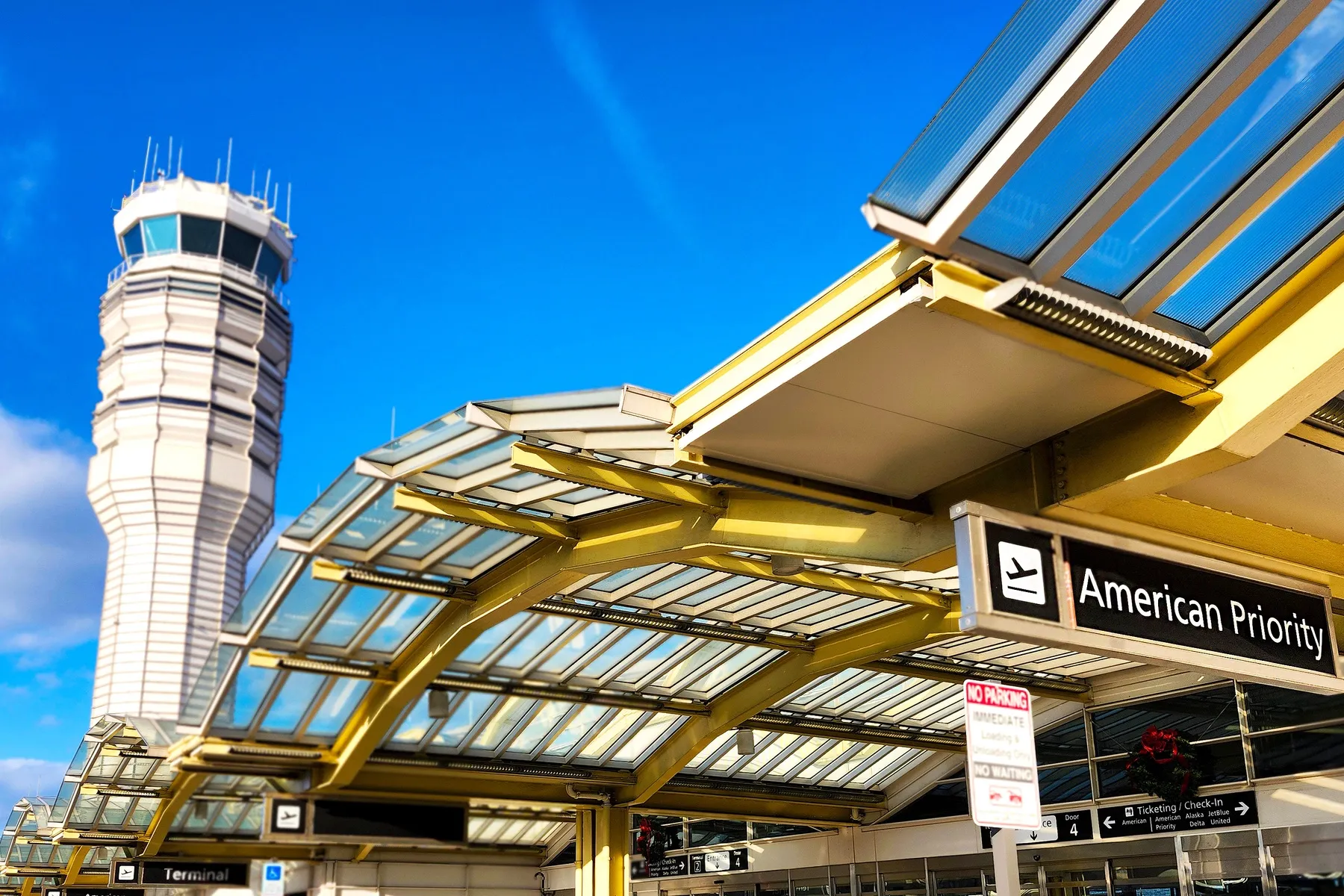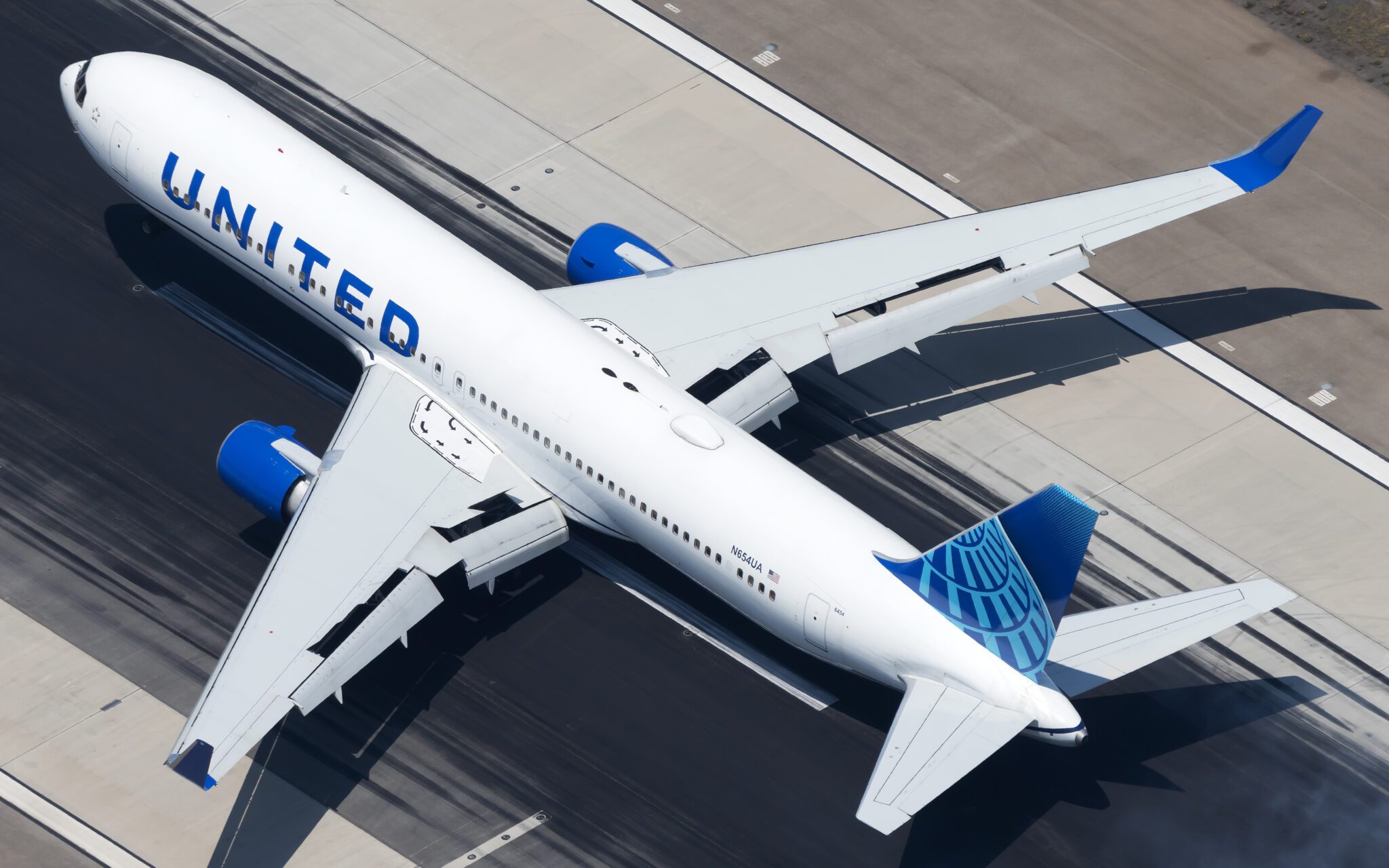Travel Loyalty Programs May Become Smaller With More Perks in 2018

Skift Take
Frequent travelers have a loyalty industry in transition to look forward to in 2018. Revenue-based models have change the way that companies and customers interact, turning points into more of a currency than a system of vouchers while an increasing volume of travelers leave the programs in disgust.
The airline space is nearly consumed with revenue-based programs. After the programs settled in across the United States in 2017, this year will be the year of expansion into Europe.
It will also be the year that more hotel programs experiment with the model. Last year, Hyatt introduced its World of Hyatt program -- which incorporated revenue-based aspects -- and this year many competitors may follow suit.
For both flights and hotel stays, travelers will have to invest more in 2018 for the same status they earned in 2016 or 2017.
But for travelers, there are a few glimmers of hope on the horizon.
Here's what to expect from the travel loyalty industry in 2018.
more Revenue-based programs and tools
Despite the fact that revenue-based models are terrible for travelers, there's no denying it: Investors love the prospect of smaller and more profitable loyalty programs. And until there's an incentive, such as travel demand cooling off, for an airline or a hotel chain to broaden its loyalty program and recruit new members, then revenue-based programs will continue to expand.
Hyatt's venture into the revenue-based space, which allowed some members to qualify for elite status based on annual spend, wasn't a blockbuster as it also increased the number of required nights necessary to qualify for status. In May, Jeff Zidell, the head of World of Hyatt, stepped down. Last week, Hyatt's CMO also left.
Despite the tumult, Hyatt paints the transition to the new World of Hyatt as a success, and many competing loyalty programs may incorporate revenue-based components through 2018. Marriott and Starwood are set to announce later this year a merged loyalty program for 2019 while the newly merging Wyndham and La Quinta have a new joint program to forge.
It's also probable that hotels will continue to experiment with programs and tools that convert hotel points into currency. A year ago, Hilton started letting its Hilton Honors members book rooms with a combination of points and cash.
These flexible tools allow hotel operators to extract more revenue out of their loyalty programs while still not constraining elite status or member tiers with minimum spend limits. And since the brands can control the exchange rate between points and dollars, they now have great leverage to adjust the revenue faucet.
Airlines, too, may see more revenue-based factors incorporated into their loyalty programs such as new tools to pay for tickets with partial point balances.
Late in 2016, United launched the MileagePlus X App to better promote shopping (and earning miles) through its online portal. In 2018, the industry may see more tools like MileagePlus X and cash+points options with air carriers to blur the line between points and currency.
The only U.S. holdout in the airline space so far remains Alaska Airlines, which still uses a distance-based loyalty program. If the revenue hype-train keeps up, though, the airline may end up caving to rambunctious investors.
flexible earning and spending
Cash plus points schemes won't be the only tools allowing travelers to better utilize their points in 2018. As airlines and hotels leverage the power of using their points as currency (and setting the exchange rate), new tools for spending and earning points on everyday purchases will continue to grow.
United Airlines now lets you pay for Wi-Fi with miles, while its OTG monetization-bonanza, otherwise known as Newark Liberty International Airport, even allows for purchases in the airport terminal the same way. Travelers can also purchase premium drinks at the Delta Sky Club with Skymiles.
Hotels have already followed suit. After Hilton revamped its loyalty program in January 2017, it started to let members make Amazon purchases with Hilton points. In November, Marriott also launched the More program to allow members to make retail purchases with points.
While these new tools are a boon for airlines and hotel mileage programs, their value to consumers is still somewhat mixed. When United launched its pay-with-miles Wi-Fi service, Maphappy took a look at the value of the purchase in cash or in miles. Its conclusion? "The premium on paying in mileage was about 117 percent higher than the cash price," Maphappy found.
smaller programs and fewer elites
As Europe begins its own revenue-based renaissance in 2018 and frequent flyers in the U.S. tire of jumping through hoops, loyalty program will continue to shrink. A report last year studying attrition at Cathay Pacific after major loyalty program changes found that just fewer than 10 percent of members defected away from the carrier in disgust. Air-France, British and Lufthansa will face the same attrition this year; without incentives to customers, U.S. carriers may be flat or down.
Tighter constraints may also create attrition in hotel loyalty programs — particularly as they merge and determine how members will earn elite status for the next year. "Look for Marriott to reduce the generosity of the SPG loyalty program in 2018," says Edward Pizzarello, a blogger who closely follows the loyalty industry at Pizza in Motion.
Starwood has traditionally allowed travelers to earn top tier elite status by visiting a property either 25 stays or 50 nights per year. Marriott, however, which bought Starwood in 2016, only allows for top tier status to be earned by staying for 75 nights per year.
The bottom end of the loyalty program market will also face pressure from low-cost carriers and price-conscious younger travelers. To save money, none of the major long-haul low-cost carriers like Wow or Norwegian adhere to a strict airline alliance, while most young travelers are simply focused on finding cheap flights rather than building loyalty.
Better amenities for the remaining elites
One consequence of smaller loyalty programs, however, is better perks for the remaining members. Airline lounges will be emptier, award space will be easier to find, and upgrades will be easier to secure — unfortunately at the expense of members boxed out of the program.
As airlines and hotels figure out how to better segment and incentivize travelers with things such as premium economy, those not on the very bottom of the barrel will begin to see even more rewards.
Enhanced catering was the name of that tune in 2017. Throughout the year, all three legacy carriers brought back meals in the economy cabin on some transcontinental domestic flights. And last week, American announced that passengers in Main Cabin Extra (its domestic premium economy) will start getting free drinks.
Fancier blankets, name-brand amenity kits and swanky airport lounges also await 2018's traveler, provided there's enough elite status or revenue to earn the access.
Growing Premium Economy Cabins
As of last week, all three legacy U.S. carriers now have plans to start building international premium economy. Through 2018, frequent flyers will see more international flights outfitted with the cabins, opening up better seat assignments for little relative investment.
Upgrades, a big part of any loyalty program, appear to be favoring passengers. A year ago, American Airlines, the first U.S. carrier to launch an international premium economy product, revealed that its system-wide upgrades (earned with Executive Platinum or 100,000 miles plus $12,000 spend/year status) will allow passengers to bypass premium economy and upgrade from economy straight to business class. Delta followed suit in October while United is expected to do the same.
passenger empowerment
One trend that became apparent through 2017 was the collective power of passenger outrage — largely fueled by social media. After a passenger was filmed being dragged off of a United flight in April, airlines across the board brought forward better policies on overbooking, and passenger compensation.
There has been similar outrage over shrinking passenger cabins. After news came out that American was planning to reduce seat pitch on its upcoming 737-MAX aircraft, passenger groups erupted, causing American to change course. Despite that effort, American did still cram a record-breaking number of seats onto the aircraft.
Public shaming and the threat of a public relations nightmare, sadly, seems to be one of the only ways in which airlines create passenger-friendly changes. But as 2017 showed, outrage actually works. With tighter planes and smaller loyalty programs facing the industry in 2018, there may be plenty of outrage to go around.




